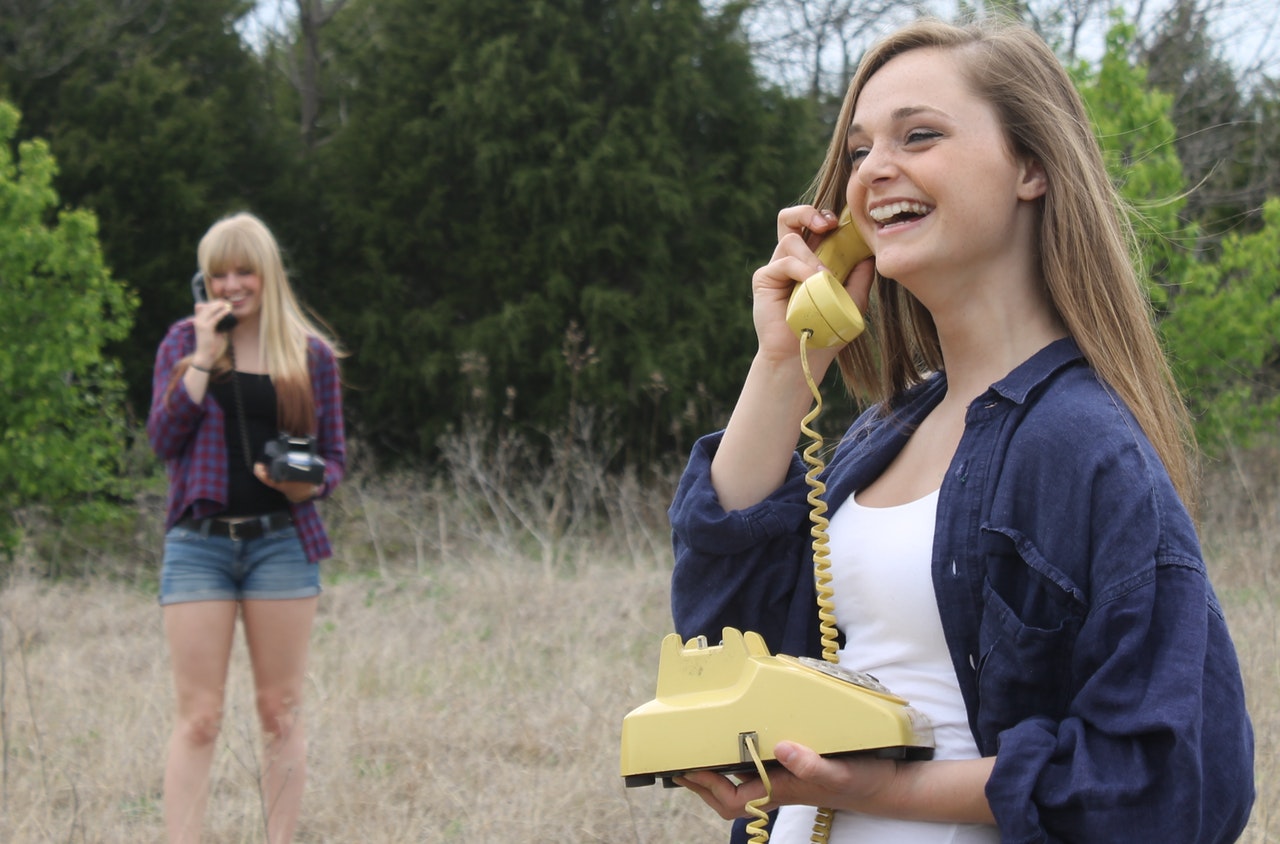How to Write Humor

So, you’d like to try your hand at humor, but have no idea how to get started? You’re in the right place. While I can’t promise that this post will instantly transform you into Chris Rock or Jerry Seinfeld, it can help you locate your funny bone.
However, before we begin, let’s start with an obligatory disclaimer: Humor is not one-size-fits-all. Humor is subjective. What’s funny to me may not be funny to you. However, what’s funny to you will definitely be funny to someone else, and hopefully, that someone else is your reader.
Whether you want to devise a side-splitting, ridiculously slapstick tale from cover to cover or you’re just hoping to sprinkle in moments of levity throughout your novel, humor is a must-have tool in every writer’s arsenal. Humor can enhance any story and surprise the reader into paying closer attention.
But humor writing isn't easy. Even if you’re naturally funny in social situations, it can prove difficult to translate in-person playfulness to on-paper humor. Difficult, but not impossible.
Let’s discuss why your story needs humor and tips for adding elements of comedy to your story.
Here’s a list of 10 things to keep in mind when writing humor. Subscribe to receive this extra resource.
Reasons to Include Humor in Your Story
Why is humor important in your writing?
Literature is so somber and staid these days. I’ve come across shelves of novels with nary a lighthearted moment.
But, if we’re completely honest, life’s not like that. Life can be severe and heartbreaking at times, but there are definite moments of levity and fun. If you’d like to capture the dynamic beauty of life in your stories, you should also include humor.
Additionally, using humor can stretch your abilities as a writer. You may feel more comfortable writing in a serious tone, but why not learn the fine art of humor? Humor is an essential literary device that will improve your reader’s level of engagement.
What is Humor?
Humor isn’t easy to define. While you know that humor is a cognitive and emotional experience that often leads to laughter, you may not know why. Why is something funny?
No one knows how to definitively answer that question. As I mentioned above, humor is personal, subjective, and biased.
Humor is often the result of surprise. An unexpected action or phrase can be a delightful treat when set up in the right way.
Study Humor
Before you start writing, I highly recommend that you take a moment to study humor.
Immerse yourself in what you think is funny. From books to blogs to tweets to t-shirts, there’s no such thing as a shortage of funny material these days. You can read funny content. You can watch funny shows. But don’t just consume it, take notes.
- Why does this joke resonate with you?
- What’s unique about the delivery?
- Is there a formula that you can use in your own writing?
Picking apart the jokes from your favorite comedians isn’t just fun, but it can be insightful. Sometimes, it’s all about word choice. Other times, it’s about set up. To create similar humor in your own writing, you’ll need to figure out how to capture that magic.
Don't Try to be Funny

Avoid the common pitfall of trying to be funny. Instead of making your reader laugh, you’ll make your reader cringe from second-hand embarrassment. And what a slow, painful death that is.
Don’t try to make your reader laugh. Instead, try to make yourself laugh.
If you’re not laughing at your own jokes, then no one else will. But when you make the story or scene funny to you, then you know that you made one person laugh. And one person is just the beginning.
Mind the Genre
While it's possible to add humor into just about any genre, some audiences are more accepting of humor than others. If you’re writing in a rather straight-laced genre, such as horror or thriller, humor can be a disruptive (and unwelcomed) experience. That said, humor can also add an interesting twist to a character, and create a unique perspective for the reader.
If you’re willing to take chances, go for it! The worst that can happen is that people simply don’t “get it,” but even then, you’ll still be able to use this experience as a stepping stone.
Make Fun of the Entire Genre
Are you a rebel at heart? Perhaps you’re interested in creating a comedic caricature of a particular genre. Make fun of common tropes and cliches in a way that’s inventive and respectful.
I love well-done spoofs. However, to make fun of a genre, start with a sincere love for that genre. Otherwise, your exaggerated imitation can come across as mean-spirited and demeaning to the readers who enjoy that genre. You want the audience to laugh with you, not hate you.
Know Your Reader
When writing anything, but especially humor, it’s crucial that you understand your reader. Who are they and what are their life experiences? Will they understand the joke or will it go over their heads?
For example, let’s say you’re targeting young adults. This audience can get a joke, but they may not understand a reference to the 80s (sad, but true). The same can go for an international audience that may not understand a Jamaican reference.
In order to use humor effectively, you must understand what the reader understands. If you think the line or scene won’t resonate, you’re probably right.
Use Humor for Characterization
You can use humor to reveal the personalities of your main characters.
One of the best ways to infuse your story with humor is to create a funny narrator; readers like them. Funny narrators are endearing and have an interesting way of viewing the world around them.
Whether you choose to decorate their commentary with interesting colloquialisms or biting wit, humor can add another layer of complexity to your narrator. Narrative humor is especially useful when writing from a first-person, protagonist point of view.
Use Humor to Develop the Relationship Between Reader and Narrator
In addition to using humor for characterization, you can also use it to strengthen the bond between the narrator and the readers.
The trick is to let the reader in on the joke. A narrator who makes a joke at the reader’s expense is not endearing. In fact, this type of narrator can come across as unreliable, which is not something you want to happen unintentionally. The reader needs to be able to trust the narrator and that can’t happen if the narrator misdirects the reader.
Instead, direct the humor toward your characters. Put them in funny situations. Allow them to analyze their circumstances and self-deprecate. To make your characters more sympathetic to the reader, find the universally relatable aspect in each funny situation. If you can get the reader to see themselves in the character’s situation, you’ve done your job.
Use Humor in Your Dialogue

Another great place to add humor is in your dialogue. Perhaps you’ve decided to use a distant narrator who doesn’t add much commentary but tells the story straight. Humorous dialogue works well when juxtaposed with a distant narrator. For example, when you insert funny moments into character conversations, you can do the following:
- Reveal the dynamic between characters
- Change the pace of your story
- Cut the tension
- Heighten the tension (especially if only one character is laughing)
Final Thoughts
Humor is a must-have tool. Every writer should be able to wield humor whenever necessary. Use these tips to start infusing your story with humorous elements.
Before you go, check out these related posts:
Here’s a list of 10 things to keep in mind when writing humor. Subscribe to receive this extra resource.




